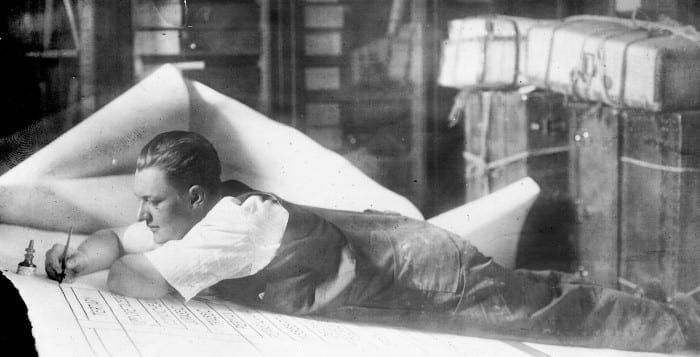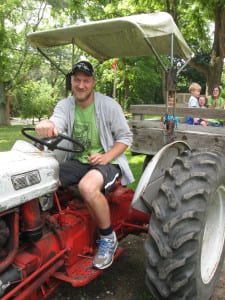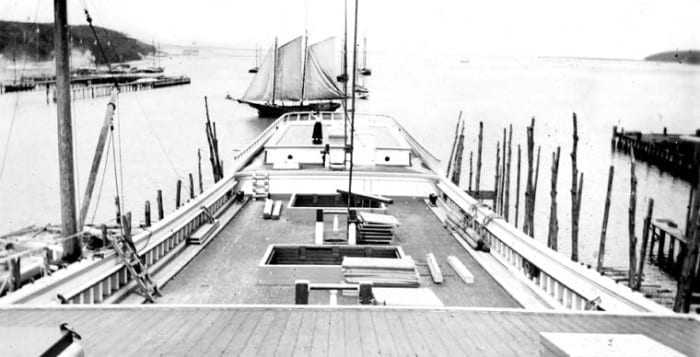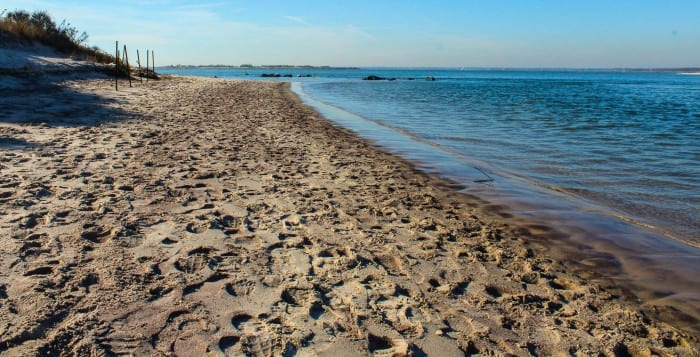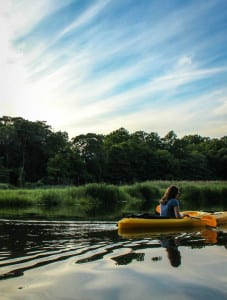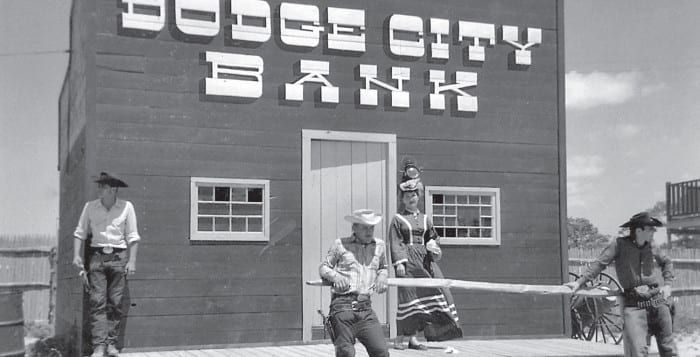William E. Belanske already had an enviable job as an artist and taxidermist for the American Museum of Natural History (AMNH) when he got a call from William K. Vanderbilt II.
The year was 1926 and Vanderbilt was preparing for an expedition on his yacht Ara to collect animal and marine life. The voyage would take him to one of the most scientifically diverse and remote places on earth — the Galápagos Islands, on the Equator off the coast of Ecuador. He needed an artist to record the live specimens he would bring back to his private museum in Centerport. To Belanske, it was the opportunity of a lifetime.
The Suffolk County Vanderbilt Museum, which marked the 65th anniversary of its official opening on July 6, has created a new exhibit honoring Belanske’s work.
On display in the Memorial Wing of the museum, the installation features a recreation of Belanske’s studio on the Vanderbilt Estate and includes some of the detailed paintings of the numerous marine specimens Vanderbilt collected from the oceans of the world. Large illustrated panels detail Belanske’s work, on the expeditions and at the museum.
Kirsten Amundsen and Brandon Williams of the curatorial staff came up with the exhibit concept and design.
“The ship’s artist, Mr. William E. Belanske, has been with me since 1926,” Vanderbilt wrote in 1932. “He makes accurate paintings of rare fish. With every scale carefully drawn, every shade, every nuance of color exactly portrayed, his reproductions are true, lifelike, and of value to science.”
In 1927, following the Ara expedition, Vanderbilt requested Belanske’s services full time at his museum, and Belanske chose to resign from the AMNH. He served as Vanderbilt’s curator and lived in a cottage on the estate from 1928 to 1945. His work included taking part in around-the-world cruises on the Ara in 1928-1929 and on the Alva in 1931-1932.
Notably, Belanske collaborated with the renowned painter Henry Hobart Nichols (also of the AMNH) to create the Vanderbilt Habitat in 1930, nine stunning dioramas that depict animal life from several continents. The centerpiece of the room is a 32-foot whale shark, the world’s largest taxidermied fish, caught off Fire Island in 1935.
Stephanie Gress, director of curatorial affairs for the Vanderbilt Museum, said, “On the Ara, they placed fish in holding tanks with saltwater to keep them alive. Belanske would paint the catches immediately in order to record the colors accurately.”
Before color photography, Gress said, the beauty and vibrant hues of the collected marine specimens could only be captured with an artist’s hand. Belanske’s perfect color images of the specimens were displayed in the Marine Museum next to the faded, fluid-preserved specimens.
When he returned to his studio, the artist began the time-consuming task of creating his final images. He used his notes, measurements and rough sketches to create fully accurate, detailed fish prints worthy of scientific publication, she said.
The Suffolk County Vanderbilt Museum is located at 180 Little Neck Road, Centerport. Through Sept. 6, the museum will be open Tuesday through Saturday from 11 a.m. to 5 p.m. and Sundays from noon to 5 p.m. For more information, call 631-854-5579 or visit www.vanderbiltmuseum.org.

